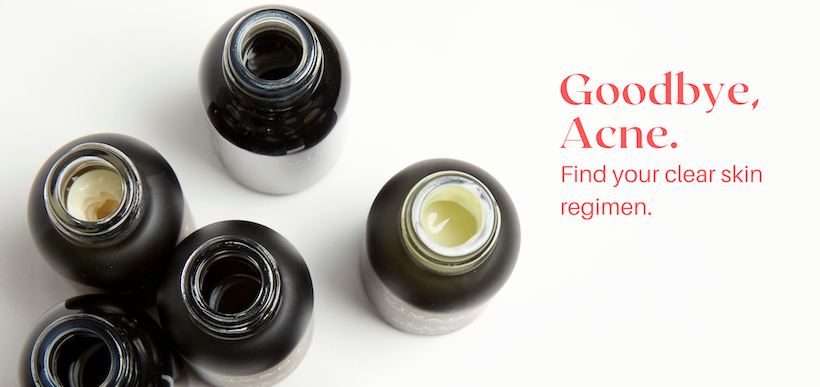Skinfrastructure: A Quick Guide to Your Skin’s Most Important Layers

Your skin has seven layers. We’re going to talk about three because this is not science class and we want you to keep reading. The three that you need to concern yourself with are the epidermis, the dermis, and the hypodermis. In the architecture of biology, the hypodermis is the basement, the dermis is midway up, and the epidermis is the penthouse.
Let’s start in the basement, which functions a bit like your actual basement where the ductwork and insulation reside. This layer is mostly made up of well-vascularized connective tissue and fats. As we age, the layer of fat in the face and neck tends to spread out and shift as the structure in the dermis loosens. This makes skin appear loose and saggy. This thinning of the fat layer also affects the skin’s ability to hold moisture so skin can appear drier.
While you can’t eliminate these changes, you can delay them with proper care. Exercise and hydration will aid healthy circulation and keep toxins from building up. It’s also a great way to keep stress down, which helps to avoid age-accelerating inflammation.
The dermis is possibly the most important layer, where skin gets its structure and nourishment. The proteins elastin and collagen reside in the dermis. These are the girders that keep things firm and help to keep the adipose tissue in the hypodermis in place. Collagen provides the support. Elastin allows for flexibility.
Structure isn’t all that’s going on in the dermis. This layer is the nerve center of the skin. Blood and lymph vessels, nerves, hair follicles, sweat glands, it’s all here in the dermis.
With so much critical skinfrastructure, this is an area of focus for skin care. Use ingredients that protect and promote collagen and elastin. Vitamin A speeds cell turnover, promotes collagen, and is a potent antioxidant. Vitamin C is essential to collagen synthesis and is a potent photoprotective agent, especially when combined with vitamin E. Peptides activate the body’s production of collagen and elastin.
Also, be sure you’re getting plenty of antioxidants in your diet. Use sunscreen daily to protect against collagen damaging UV rays. And exercise to improve circulation and increase nutrient delivery to skin cells.
The epidermis is the outer layer of the skin that acts as your protective barrier. It’s also your renewal zone. Skin cells travel from the base of the epidermis to the top layer where they are shed off every thirty days or so.
Keeping the epidermis free of cellular buildup through cleansing and exfoliation is critical to healthy tone and texture. The trick is promoting cell turnover without irritation. This is where acids come in. Retinoids and alpha hydroxy acid ingredients dissolve the cellular glue that binds dead skin cells together and encourages them to shed off, making room for healthy new cells.
Optimize skin from top to bottom with a complete skin care regimen that includes a cleanser, toner, corrective serum, and sunscreen. Not sure where to start? Take our skin care quiz to find your best regimen.


Comments
Thank you for your guide on the important layers of our skin, very interesting and very very informative! It really helps to understand how the different products work on our skin, and how it affects the different layers of the skin! It makes more sense as to why we need to apply certain products to our skin and how they work! Thank you very much for breaking it down like that because it helps in the choices of products that I need to purchase!!